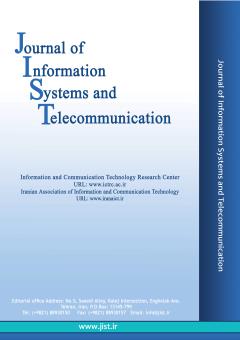Review on architecture and challenges on smart cities
Subject Areas : IT Strategy
Mehdi Azadimotlagh
1
*
,
Narges Jafari
2
,
Reza Sharafdini
3
![]()
1 - Department of Computer Engineering of Jam, Persian Gulf University, Jam, Iran
2 - Department of Computer Engineering, Amirkabir University of Technology, Tehran, Iran
3 - Department of Mathematics, Persian Gulf University, Bushehr, Iran
Keywords: Urban Growth, Internet of Things, Smart Utilities, Infrastructure Implementation, Security,
Abstract :
Due to rapid urbanization, a balance between resources and urban growth is required. For the achievement of this equilibrium, the use of information technologies is essential. Smart cities are the answer to this requirement, as a result, they improve various aspects of urban life and address related challenges and/or mitigate them. Modern technologies, including a wide range of Internet of Things (IoT) sensors, are used in smart cities for collecting and analyzing data on different aspects of urban life to enhance their inhabitants' lives. Smart cities improve the sustainability and efficiency of urban dynamics. Today, smart cities can enhance services and citizens' lives in various fields such as governance, education, healthcare, transportation, and energy. Smart city applications require collaboration among individuals from various disciplines, including engineering, architecture, urban design, and economics, to plan, design, implement, and deploy a smart solution for a specific task. Therefore, a proper understanding of the applications and architecture of smart cities and the challenges they face is crucial. In this paper, we will provide background information about the applications of smart cities, describe the architecture of applications in smart cities, present security and privacy challenges to examine robustness and flexibility in smart city applications, and examine new trends in this field.

